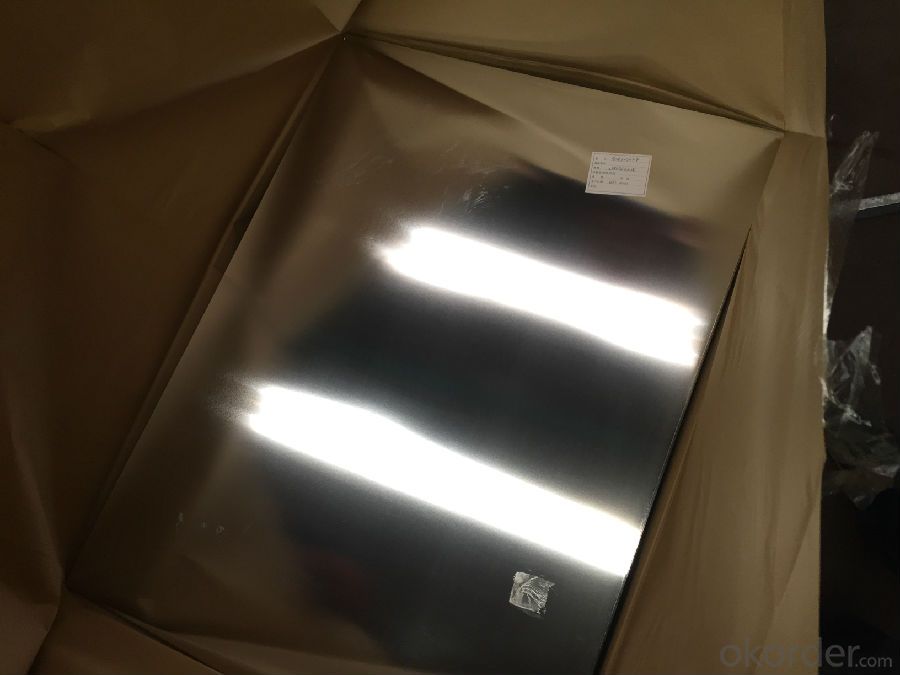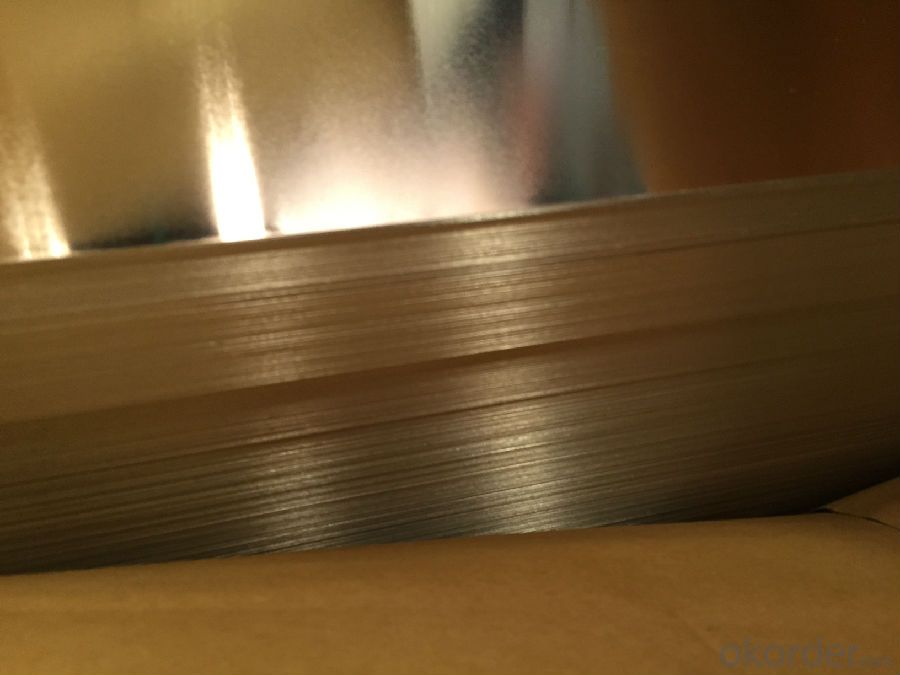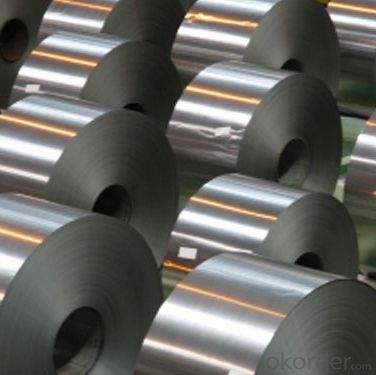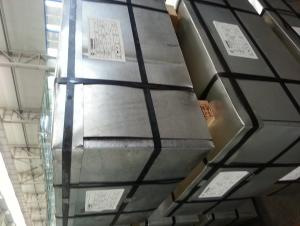Tinplate Making Bakeware and Household Kitchen Parts
- Loading Port:
- Tianjin
- Payment Terms:
- TT OR LC
- Min Order Qty:
- 50 m.t
- Supply Capability:
- 20000 m.t/month
OKorder Service Pledge
OKorder Financial Service
You Might Also Like
Specification
Tinplate with prime quality hot sale products
Product Description
- Tinplate, as the name suggests, is coated on both sides with pure tin at various coating weights between 1 and 12 grams per square meter. It has an extremely beautiful metallic luster as well as excellent properties in corrosion resistance, solder ability, and weld ability.
2. Main Features
Tinplate is widely used for making all type of containers, electrical machinery parts and many other products.
3 Pictures.



4. Applications
- Chemical and Painting Cans
- Dry food cans, such as fancy cans, biscuit cans, milk powder cans, tea cans
- Liquid food cans, such as edible oil cans, beverage cans, tomato paste cans
- Sea food cans
- Crown corks, easy open ends
- Electrical Machinery parts
- Bakeware and household kitchen parts
5.FAQ
CNBM is a state- owned enterprise, top 1 in China steel industry, top 500 world wide. Our tinplate annual capacity is 400,000metric tons. First class level with competitive price.
- Q: Can tinplate be used for medical packaging?
- Yes, tinplate can be used for medical packaging. It is a commonly used material for packaging medical products due to its durability, resistance to corrosion, and ability to maintain product quality. Tinplate containers can provide a protective barrier against moisture, light, and oxygen, ensuring the safety and integrity of medical supplies.
- Q: How does tinplate impact the overall product design?
- Tinplate has a significant impact on the overall product design as it enhances the visual appeal and durability of the product. It provides a shiny and smooth surface, which can be utilized for branding and adding aesthetic elements. Additionally, tinplate offers excellent corrosion resistance, making it suitable for packaging products that require protection from moisture and oxygen. Its malleability allows for intricate shaping and forming, enabling designers to create unique and eye-catching product designs.
- Q: How is tinplate affected by exposure to moisture?
- Tinplate is highly susceptible to corrosion when exposed to moisture. The presence of water initiates a chemical reaction that leads to the formation of tin oxide, which causes the tinplate to rust. This can result in the degradation of the material and compromise its structural integrity. Therefore, it is essential to protect tinplate from moisture to ensure its longevity and prevent corrosion.
- Q: How does tinplate contribute to the safety of automotive components?
- Tinplate contributes to the safety of automotive components primarily through its corrosion resistance properties. By acting as a protective barrier, tinplate helps to prevent rust and corrosion on various automotive parts, such as fuel tanks, brake lines, and exhaust systems. This corrosion resistance ensures the structural integrity and overall safety of these components, reducing the risk of failure or malfunction. Additionally, tinplate's ability to withstand extreme temperatures and provide a stable surface for painting or coating further enhances the safety and longevity of automotive parts.
- Q: How does tinplate affect the overall product shelf appeal?
- Tinplate can significantly enhance the overall product shelf appeal due to its attractive and glossy appearance. The metallic finish of tinplate gives products a premium and luxurious look, making them stand out among competitors on store shelves. Additionally, tinplate's durability and ability to maintain its shape and color over time improve the product's presentation, creating a positive impression on consumers.
- Q: Can tinplate be used for packaging petrochemical products?
- Yes, tinplate can be used for packaging petrochemical products.
- Q: How does tinplate packaging contribute to product protection against UV rays?
- Tinplate packaging helps to protect products against UV rays by acting as a barrier, preventing the penetration of harmful ultraviolet light. The reflective properties of tinplate also minimize the absorption of UV radiation, further safeguarding the product from potential damage caused by exposure to sunlight.
- Q: Can you tell me how to deal with the recycling of tinplate?
- The tin is magnetic, is easy to recycle scrap. Second, waste tin as scrap iron and steel melted, make steel containing a small amount of tin (less than 0.1%), to improve the performance of cast iron.
- Q: How does tinplate perform in terms of corrosion resistance?
- Tinplate performs exceptionally well in terms of corrosion resistance due to the protective layer of tin that prevents the underlying steel from coming into contact with corrosive elements such as moisture and oxygen.
- Q: What are the common challenges in processing tinplate?
- Some common challenges in processing tinplate include achieving uniform tin coating thickness, preventing scratches or abrasions during handling and transportation, maintaining dimensional stability during cutting and shaping processes, ensuring proper adhesion between the tin coating and the base metal, and minimizing the formation of defects such as dents or wrinkles. Additionally, maintaining cleanliness and avoiding contamination during processing are also significant challenges.
Send your message to us
Tinplate Making Bakeware and Household Kitchen Parts
- Loading Port:
- Tianjin
- Payment Terms:
- TT OR LC
- Min Order Qty:
- 50 m.t
- Supply Capability:
- 20000 m.t/month
OKorder Service Pledge
OKorder Financial Service
Similar products
Hot products
Hot Searches
Related keywords


























